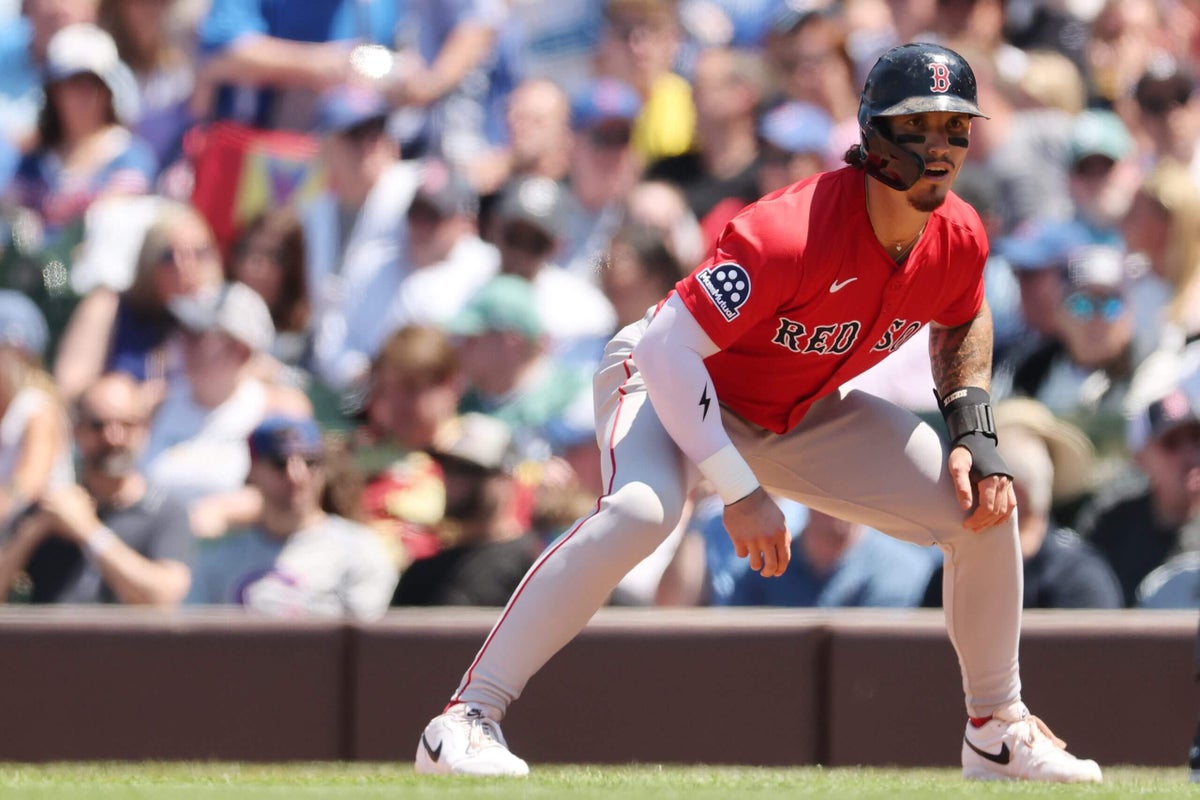T4K3.news
MLB weighs expansion and division realignment
Manfred outlined expansion and an eight division, 32 team map at the Little League Classic

During the Little League Classic, MLB commissioner Rob Manfred floated a big redesign that would add teams and redraw the league into eight geographic divisions.
MLB Plans Expansion and Eight Division Realignment for 32 Teams
The piece outlines a potential plan to add two clubs and organize the sport into eight divisions of four teams each, for a total of 32. A Pacific Northwest division is highlighted, with Seattle Mariners and San Francisco Giants as current anchors and a Las Vegas Athletics listed as a placeholder for a relocated Oakland team, plus a fourth spot to be determined. The article notes that expansion and relocation would hinge on stadium deals, market readiness, and owner support, and it flags the risk that moving teams could disrupt long standing rivalries.
The report also stresses that such a realignment would be a long process touching travel, scheduling, and competitive balance. It recalls how relocations have reshaped MLB in the past and questions whether markets can sustain new franchises without eroding existing fan bases. The piece makes clear these ideas are exploratory and subject to change as owners, sponsors, and communities weigh costs and benefits.
Key Takeaways
"Expansion is a process, not a single decision"
Editorial note on how big changes unfold
"Geography can shape rivalries and markets"
Comment on how map changes affect play and business
"Fans deserve a clear plan and steady updates"
Public reaction and communication need
"A realignment will test MLB growth without hurting existing markets"
Concern about market balance and growth
The proposed map aims to balance markets with travel realities, but it faces a tougher hurdle than a simple vote. Realignment tests the sport's identity: can geography trump legacy rivalries and traditional paths to contention? The A’s relocation possibility adds a layer of market risk that could sour support if fans feel logic is outweighed by profits. Yet the idea also reflects a broader trend in sports where growth requires bold, sometimes uncomfortable, shifts. Watch how ownership groups frame the costs and how city backers respond to the promise of new jobs, stadiums, and television revenue.
Highlights
- Expansion is a process not a single decision
- Markets will decide the pace of realignment
- Fans deserve clarity and a fair timetable
- Geography should reflect rivalries not just profits
Backlash risk from expansion and realignment
Expanding and redrawing divisions could provoke fan skepticism, sponsor pushback, and market instability if plans lack clear costs and timelines.
The path from idea to field is long and uncertain, but the idea itself has already started to reshape conversations around the sport.
Enjoyed this? Let your friends know!
Related News
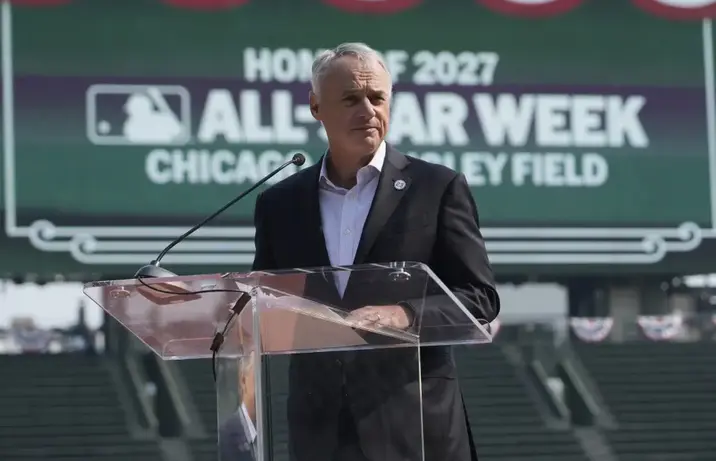
MLB maps new divisions to cut travel

MLB expansion realignment headlines
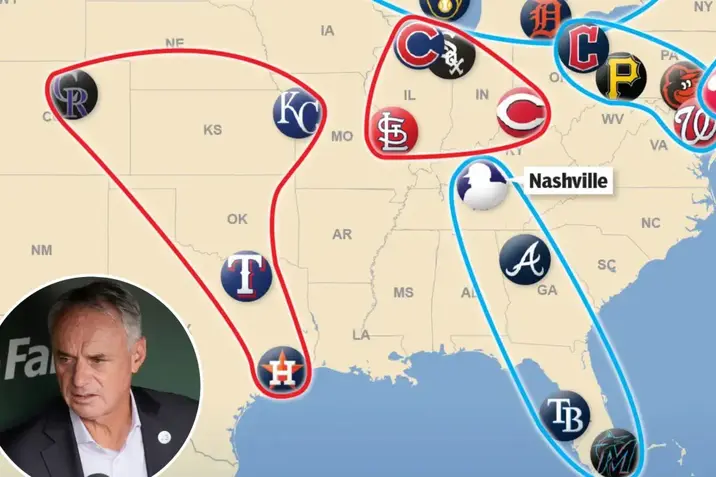
MLB realignment plan draws backlash
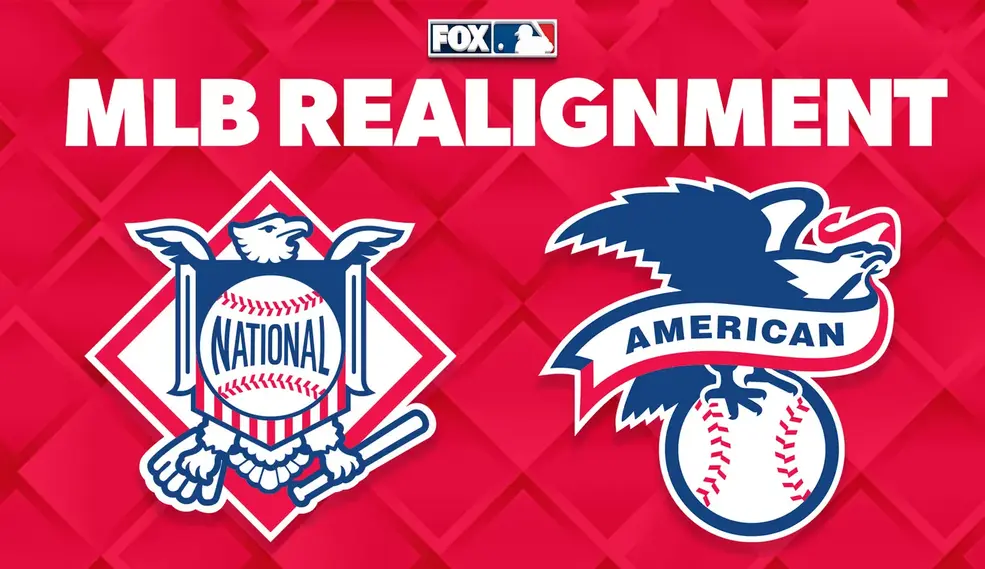
MLB considers eight-division realignment
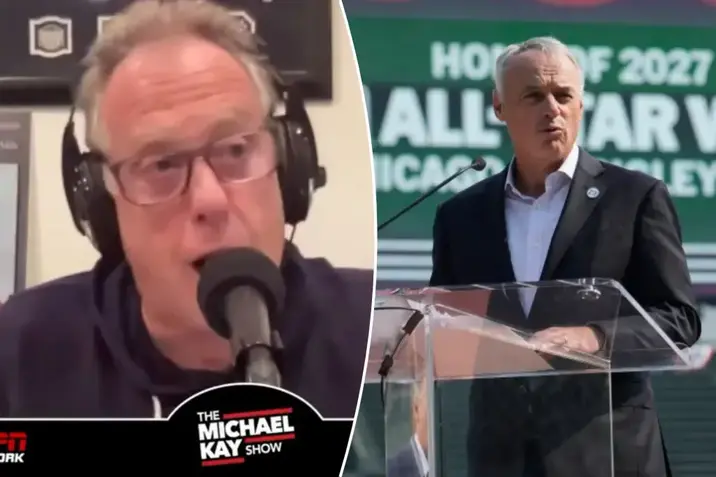
Possible MLB realignment under discussion
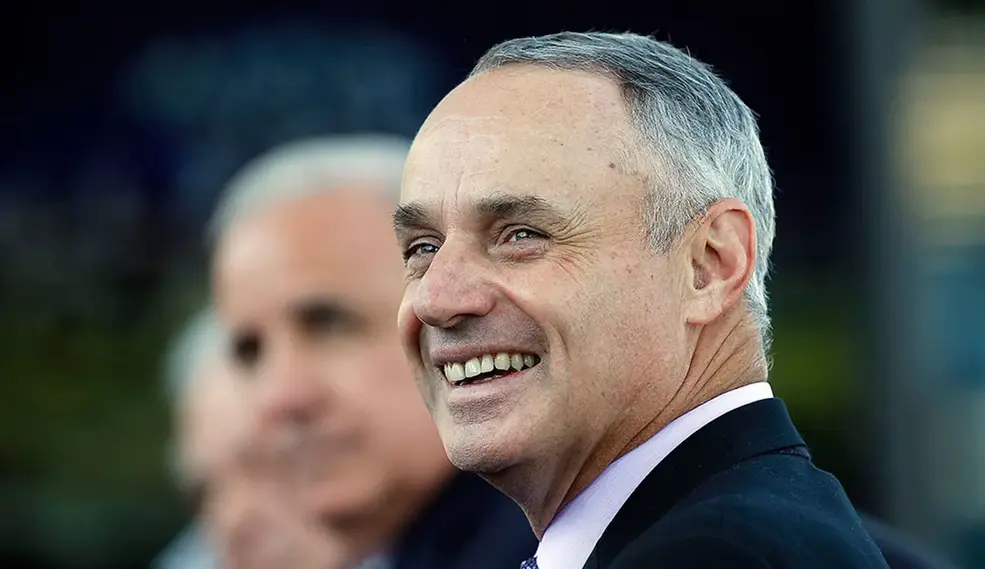
MLB expansion may trigger division realignment
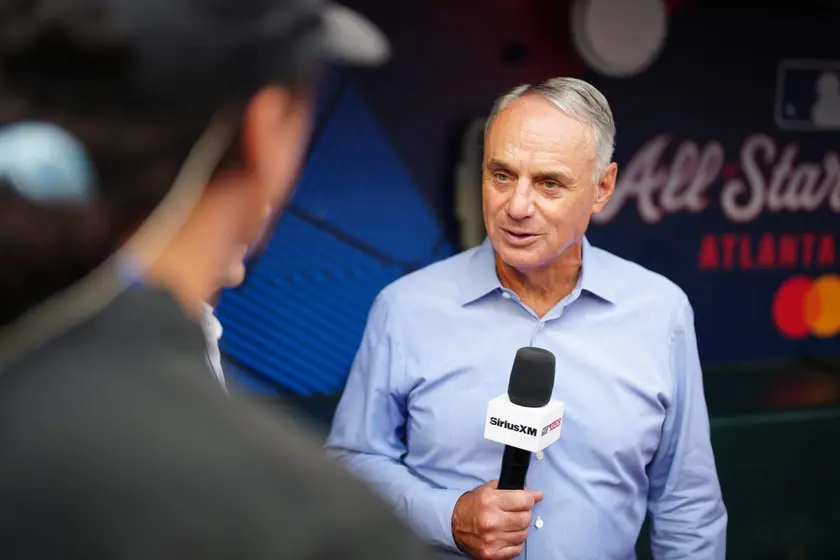
MLB expansion could realign the map

Cameron Maybin opposes MLB realignment shakeups
